- Primates along the southern portion of Brazil’s Amazon frontier, a region known as the Arc of Deforestation, are being pushed to the brink of extinction as vast swaths of their habitats are cleared.
- A recent assessment places the Vieira’s titi monkey, whose conservation status was previously unknown, now as critically endangered; researchers say other primates face a similarly perilous situation.
- Conservationists say investing in primate-based ecotourism, based on the established model of the bird-watching industry and making use of the existing agroindustry infrastructure, could provide an effective conservation solution.
- Some point to the city of Sinop, in the state of Mato Grosso, as a potential “hotspot” for primate-watching ecotourism.
You probably haven’t heard of Vieira’s titi, a monkey found only in the Brazilian Amazon. Until recently, even researchers knew so little about it that they couldn’t determine its conservation status for the IUCN Red List.
But that changed this year when a new assessment of the species, Plecturocebus vieirai, determined it should be categorized as critically endangered, or on the brink of going extinct in the wild. Researchers noted that its suitable habitat has been reduced to 56% of the original range, and that as little as 14% could remain by 2044, due to the combined pressures of deforestation and climate change.
Vieira’s titi is a case in point of the perils pushing primates to the brink in what’s known as the “Arc of Deforestation,” a region on the eastern and southern edges of the Amazon that’s experiencing the highest rates of forest loss in Brazil. The study authors point to the species as an “emblematic example” of the challenges of conservation in a deforestation hotspot. There are more than 50 primate species living in this region of high deforestation, many of them threatened. Groves’ titi monkey (Plecturocebus grovesi), for example, was only described in 2019 and was recently named one of the world’s 25 most endangered primates.
As grim as the situation may be, conservationists say primate-watching tourism focused on these threatened species is a workable solution to help conserve areas of forest, generate income for local people, and ultimately protect the animals.
“Primate watching can be a profitable alternative to forest exploitation on private, public or Indigenous lands in the Arc of Deforestation and is a way to shift the traditional, predatory extraction of natural resources from Amazonia towards sustainable land use based on biodiversity conservation … local people’s welfare and climate change mitigation,” the authors of the Vieira’s titi assessment wrote in their study, published in the journal Oryx.
Changing the face of the Arc of Deforestation
Vieira’s and Groves’ titis are found in Mato Grosso state, where the rich biodiversity is often overshadowed by the dire threats to the forests, according to primatologist Gustavo Canale. Some of the highest rates of deforestation in the Amazon are found here.
Soy and cattle ranching are the main drivers of deforestation in the state, with the former responsible for at least 42,000 hectares (104,000 acres) of forest loss since 2020. Research published earlier this year warned that the world’s largest rainforest is perilously close to crossing a vital tipping point, driven by such deforestation.
Canale is among a cohort of ecotourism advocates who say primate watching could play a key role in changing Mato Grosso from a center of deforestation to an ecotourism hotspot focused on these threatened species. Primates could act as “flagship species,” they say, garnering local support and interest to protect other biodiversity in the process.
“Mato Grosso is a special place. It’s known around the world because of soybeans and deforestation,” Canale, a professor at the Federal University of Mato Grosso and president of the Brazilian Society of Primatology, told Mongabay in a video interview. “We are trying to change this, showing the other side of the coin.”
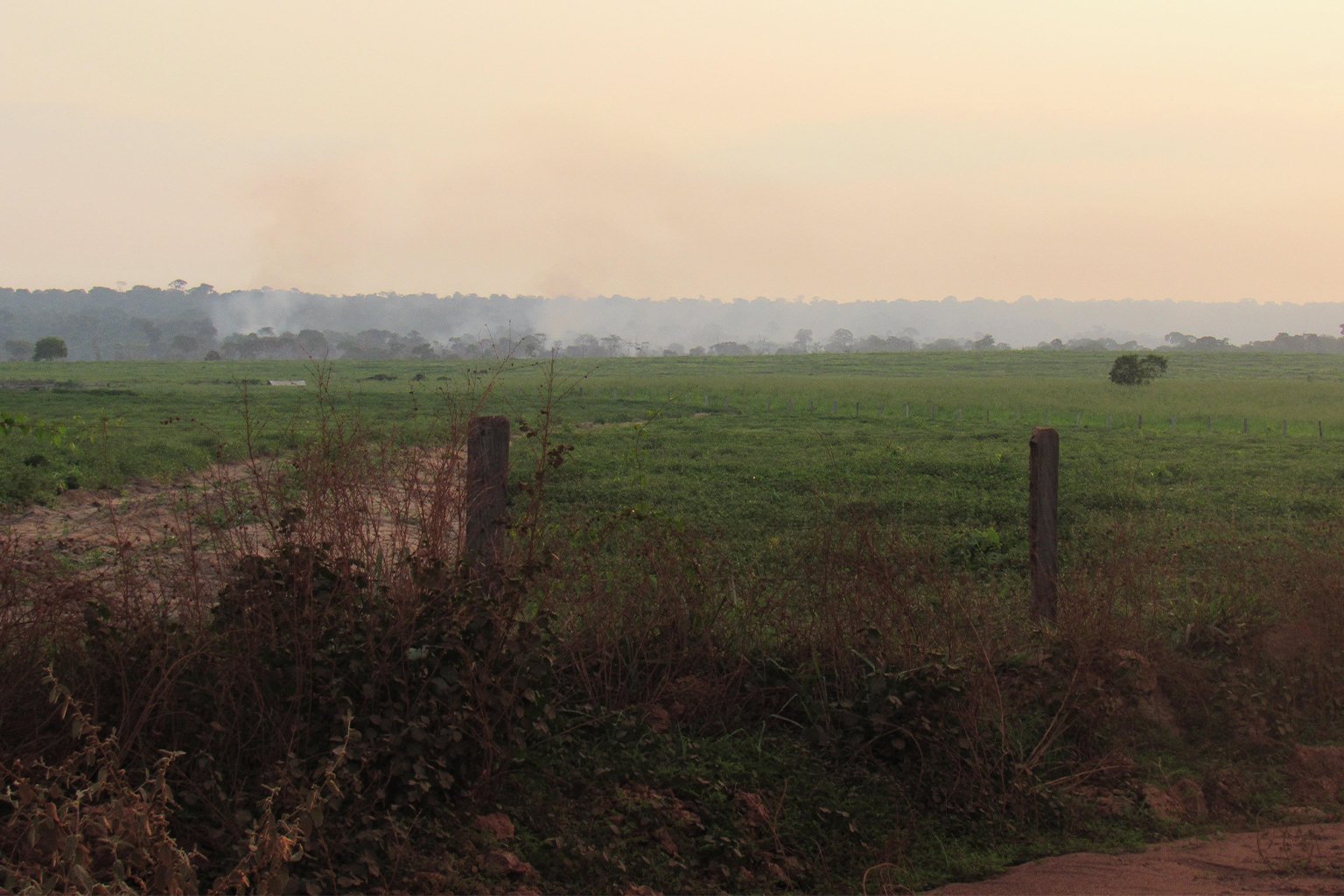
That other side is the biodiversity within Mato Grosso’s large slice of the Amazon, home to several primate species, many of them threatened: the white-cheeked spider monkey (Ateles marginatus), Emilia’s marmoset (Mico emiliae), the black howler monkey (Alouatta caraya), and the white-nosed saki (Chiropotes albinasus) are just a handful of them.
Russ Mittermeier, chair of the Primate Specialist Group at the IUCN, the global wildlife conservation authority, is a longtime advocate of primate-watching as a conservation solution and agrees that Mato Grosso is in prime position to benefit from it.
“Combining the opportunities for tourism in the Pantanal [wetland] with primate watching and bird-watching in the Amazonian portion of Mato Grosso, I think you’ve got the basis for a very good ecotourism industry there,” Mittermeier, who is also the chief conservation officer at Re:Wild, told Mongabay in a video interview.
He pointed to the already well-established bird-watching industry across the state and in other parts of Brazil as a model for success. “Bird-watching is a multimillion-dollar business, so why not primates?” Mittermeier said.
Not everyone’s so optimistic about the prospects and feasibility of tourism as a solution to the rampant deforestation in the region, however.
“Unfortunately, ecotourism is typically not a solution that can protect large areas,” Colin Chapman, a biological anthropologist at Vancouver Island University, told Mongabay in an email. “Making many ecotourism operations to protect the large area would likely mean that profits per operation would be too low to satisfy the investor.”
He added he was concerned that “an ecotourism focus would fail to protect this large area.”
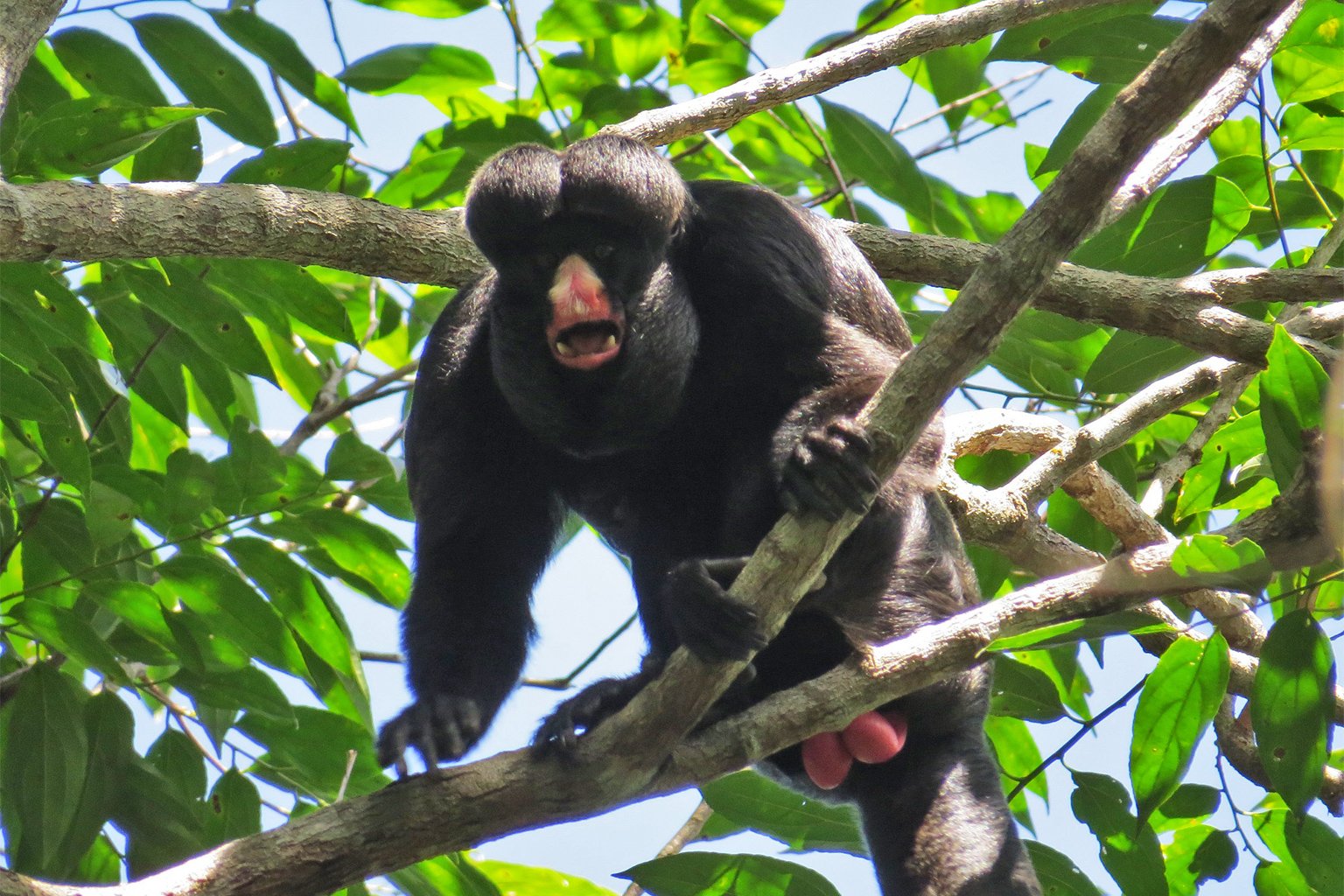
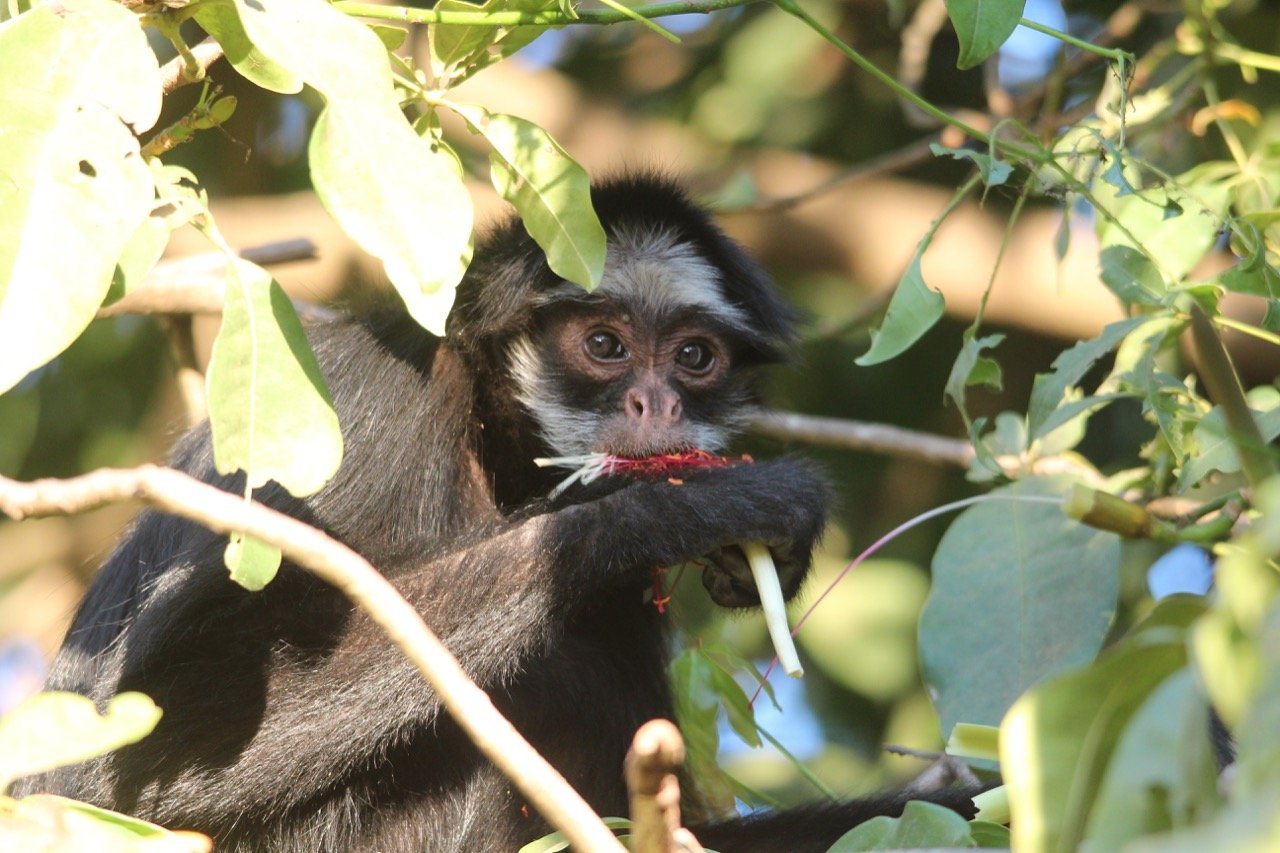
The question of how much land ecotourism can protect is a difficult one to answer, said Rodrigo Costa Araújo, who led the assessment of Vieira’s titis and is a researcher with the Primate Genetics Laboratory at the German Primate Center. “But I mean, it’s quite clear for us experts on conservation of the Amazon that we must have zero deforestation right now,” Araújo told Mongabay by phone. The habitat of the Vieira’s titi, and other primates, is already fragmented and patchy in the southern Amazon, leading to the grim conservation outlook for the species.
Ecotourism advocates acknowledge that it’s not a silver bullet for the myriad problems driving deforestation and biodiversity loss in places like Mato Grosso. But they say it offers an opportunity to protect some areas and help change mindsets about forests as wasted development land, by promoting the understanding and value of the potential of biodiversity.
“We have to find economic-based solutions. We need to find ways that people can profit from land, without having to cut the forest,” Araújo said. Primate ecotourism is only part of the equation to solve the challenges in the Arc of Deforestation, he added; establishing protected areas, demarcating Indigenous lands, and enforcing environmental laws are some of the other urgent actions required, he said.
“I think [primate watching] could be a very attractive project or proposal that could be one idea in terms of minimizing the problem,” Felipe Ennes Silva, a primatologist at the Mamirauá Institute for Sustainable Development, told Mongabay in a video interview. “I think the real solution is much more complex, but primate watching could be something to aggregate in this set of solutions.”
Mittermeier said the main focus should be on protecting as much forest as possible in the face of pressures such as climate change: “Find the key pieces of forest that remain to protect these primates and do everything possible to maintain them and, eventually, through reforestation, connect the pieces back up again,” he said.
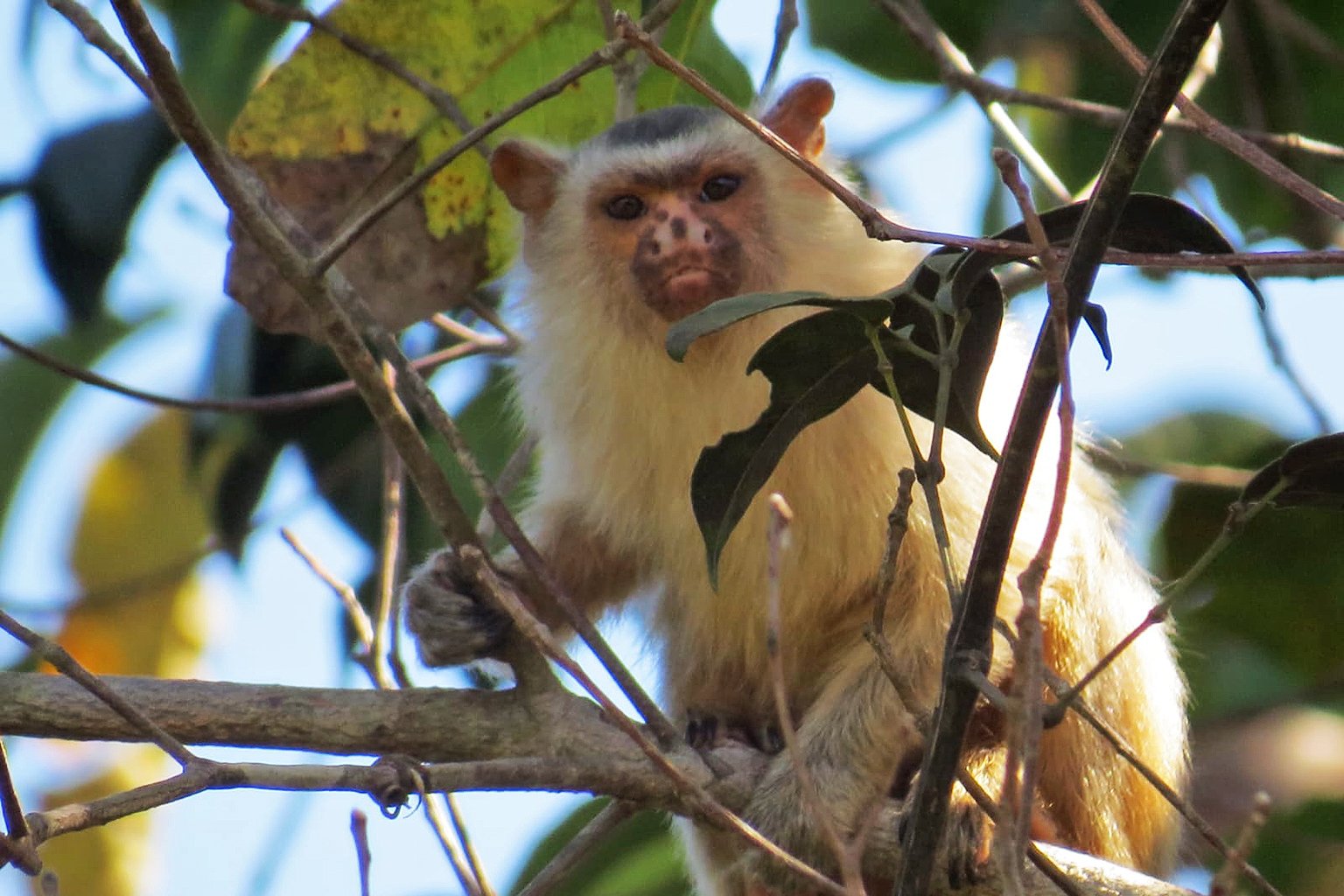
Hacking the agricultural infrastructure
Canale, from the Brazilian Society of Primatology, said he’s keen to see primate watching kick off as soon as possible in Mato Grosso. He pointed to the city of Sinop as a potential “hotspot” for this ecotourism activity in the near future. Populations of Vieira’s titi live nearby, as does the endemic Groves’ titi, alongside a host of other species. These populations don’t face pressures such as hunting, which is the case for other Amazonian primate species.
Along with his colleagues, Canale is in the process of developing maps, guidebooks and stories based on the region’s primates to drive awareness of these species and promote the ecotourism agenda.
They’re also in dialogue with politicians, landowners and Indigenous communities — stakeholders whom Canale describes as key to the success of the project; many have already expressed an interest. Under Brazilian law, landowners must also retain a portion of their land as native vegetation — 80% inside the Amazon.
“We are also trying to engage with the owners of the larger tracts of forest, the agribusiness people, and are trying to show them the opportunity to use the forest set aside as a place for tourism,” Canale said. “We’re just at the beginning of this process.”
He added that Sinop already has the transport networks and hotel facilities to host a primate-watching industry. “We are trying to ‘hack’ this agribusiness infrastructure for primate watching, because the infrastructure is already there.”
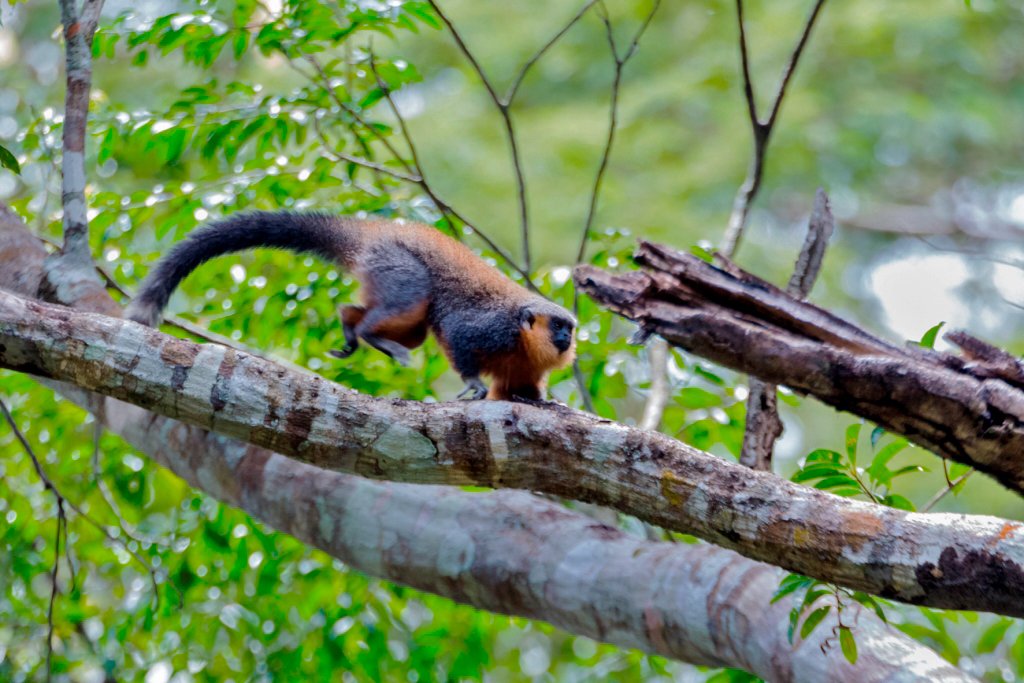
Citations:
Costa-Araújo, R., Da Silva, L. G., De Melo, F. R., Rossi, R. V., Bottan, J. P., Silva, D. A., … Canale, G. R. (2022). Primate conservation in the Arc of Deforestation: A case study of Vieira’s titi monkey Plecturocebus vieirai. Oryx, 1-9. doi:10.1017/s003060532100171x
Silva, F. E., Pacca, L. G., Lemos, L. P., Gusmão, A. C., Da Silva, O. D., Dalponte, J. C., … El Bizri, H. R. (2022). Using population surveys and models to reassess the conservation status of an endemic Amazonian titi monkey in a deforestation hotspot. Oryx, 1-8. doi:10.1017/s0030605322000655
FEEDBACK: Use this form to send a message to the author of this post. If you want to post a public comment, you can do that at the bottom of the page.
Related reading:
Ecotours aimed at saving monkeys are likely stressing them out, study finds













